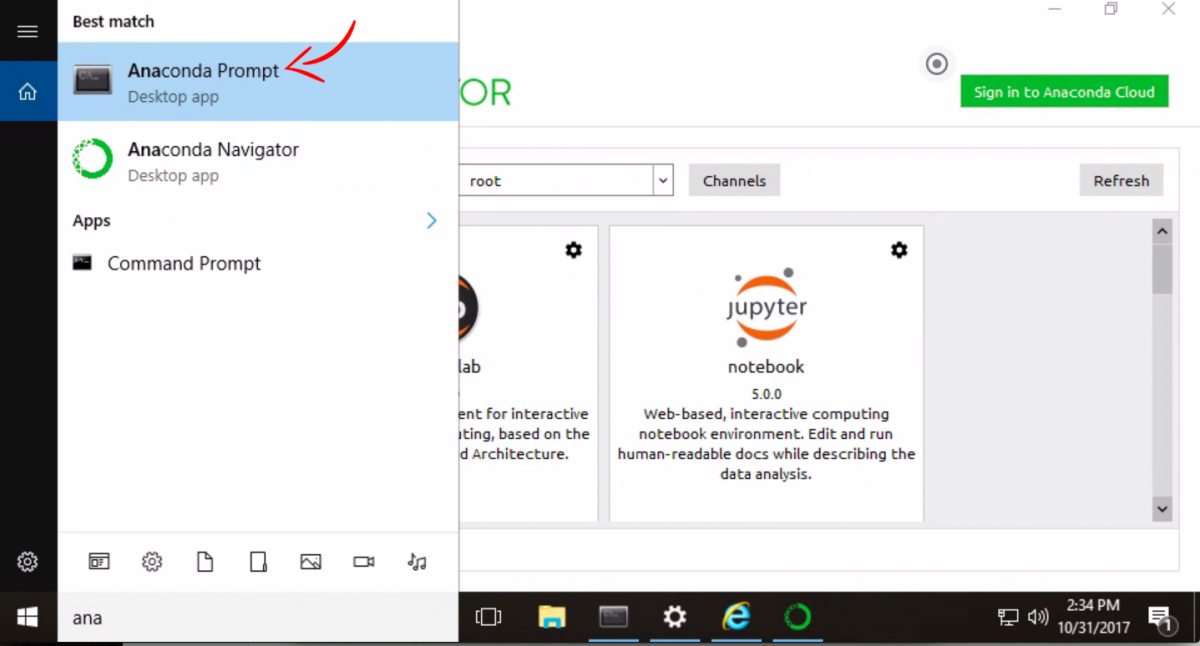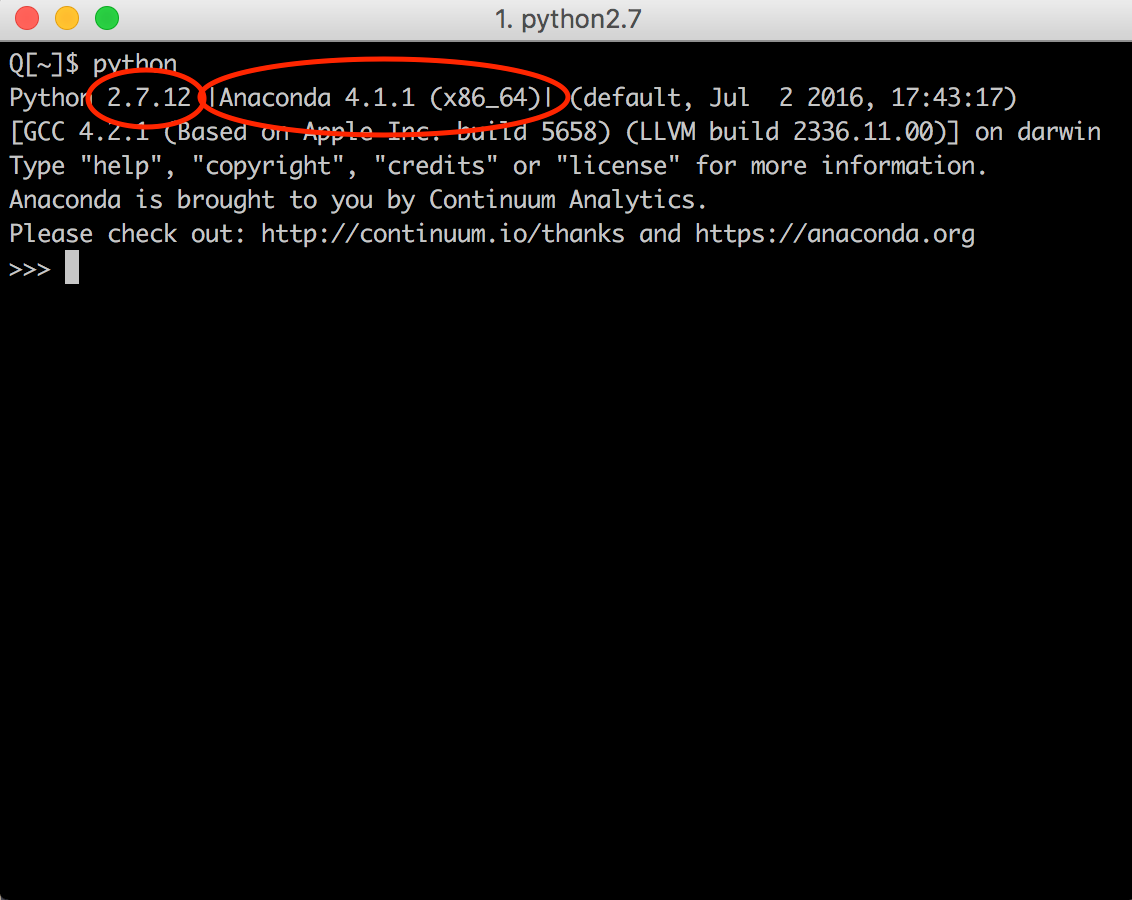
- #Run a python file in anaconda prompt how to#
- #Run a python file in anaconda prompt code#
- #Run a python file in anaconda prompt free#
- #Run a python file in anaconda prompt mac#
conda create -n djangoenv python=3.6 anaconda Open your CMD or Anaconda Prompt and create a separate environment called djangoenv by typing in the following command. So, let’s create a separate environment specifically for web development projects using the Django framework. But creating a separate environment will be helpful to manage the projects without any package dependency confliction. Create a new environmentįirst of all, you need to create a separate environment for Django development.īy default, anaconda comes up with the base environment. Here are the steps that you need to follow to create a Django project in anaconda: 1.

#Run a python file in anaconda prompt how to#
How To Create A Django Project In Anaconda? So, you can follow along with this article even if you are not using Windows.
#Run a python file in anaconda prompt mac#
I think the procedure is very similar in Mac and Linux too. If you are using a Windows operating system, follow along with this tutorial. So if you are dealing with such a situation, this article may help you. Finally, I got the solution after trying various things. To solve these issues, I did some research over the Internet, but couldn’t find the right solution either from YouTube and Google. Then I was back to doing my Django projects but my CMD was not able to run Django using the commands that I have been using previously. A few weeks ago, I installed Anaconda for machine learning studies and made it my default Python. I have been doing projects in Django for a while. I highly recommend you to use Anaconda for your Python projects, if you are not using it already.
#Run a python file in anaconda prompt free#
We do this process by creating a new environment.Īnaconda is a free and open-source distribution of the Python programming language for scientific computing, that helps to simplify package management and deployment. Let’s see how we can create a Django project when you are using Anaconda as your default Python. You can also run a script in another Python file using the importlib module. But this requires the Python extension to work: import runpy py extension while using this method: import runpy You can also run a Python script with n_module(). Run a Python Script Using the Built-in Runpy Module Create a new Python file in the same directory as the one you want to run and execute the following code: exec(open( 'myScript.py').read())
#Run a python file in anaconda prompt code#
Run a Python Script in Another Python File Using the exec FunctionĪlternatively, you can run Python code with the built-in exec() function.

If you only need a function or class in the script you want to run, then use an absolute import: from myScript.py import myFunction Open that new file and import the following script: import myScript.py To do so, create a new Python file in the same directory as the Python script you want to run.

You can create and import your script as a Python module and then run it using another Python file. Run Your Python Script as an Imported Module For instance, running a Flask server.py file like this launches a local server for you. This method is ideal for executing real-life Python projects. To do so, use: python myFile.py > output.txt You can save the output of a script you run via the command line as a text file.



 0 kommentar(er)
0 kommentar(er)
